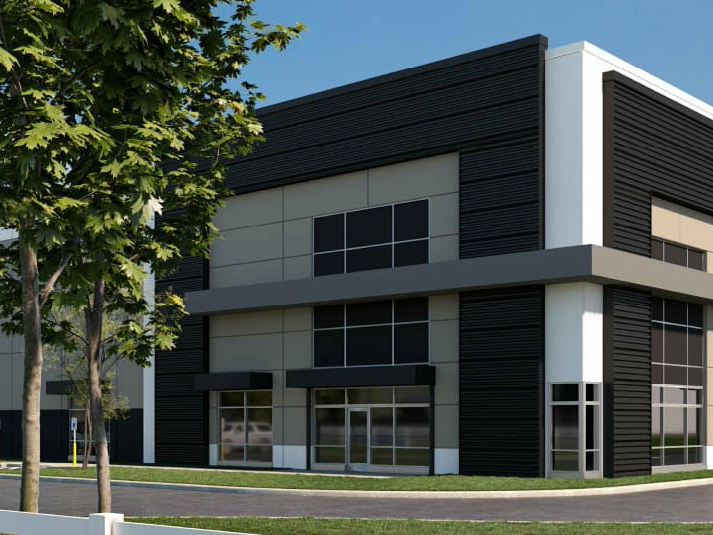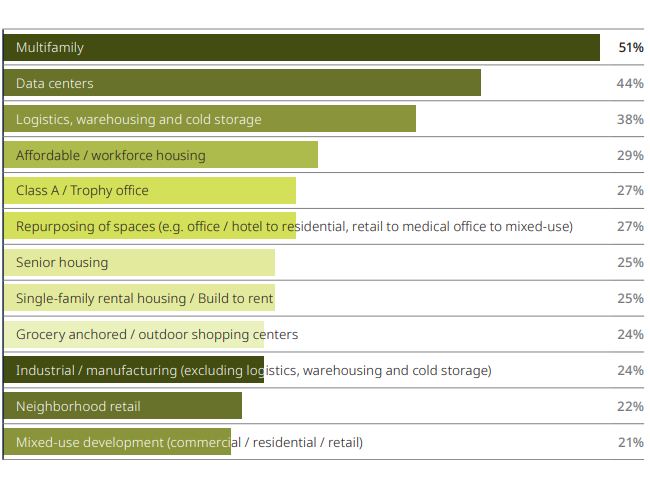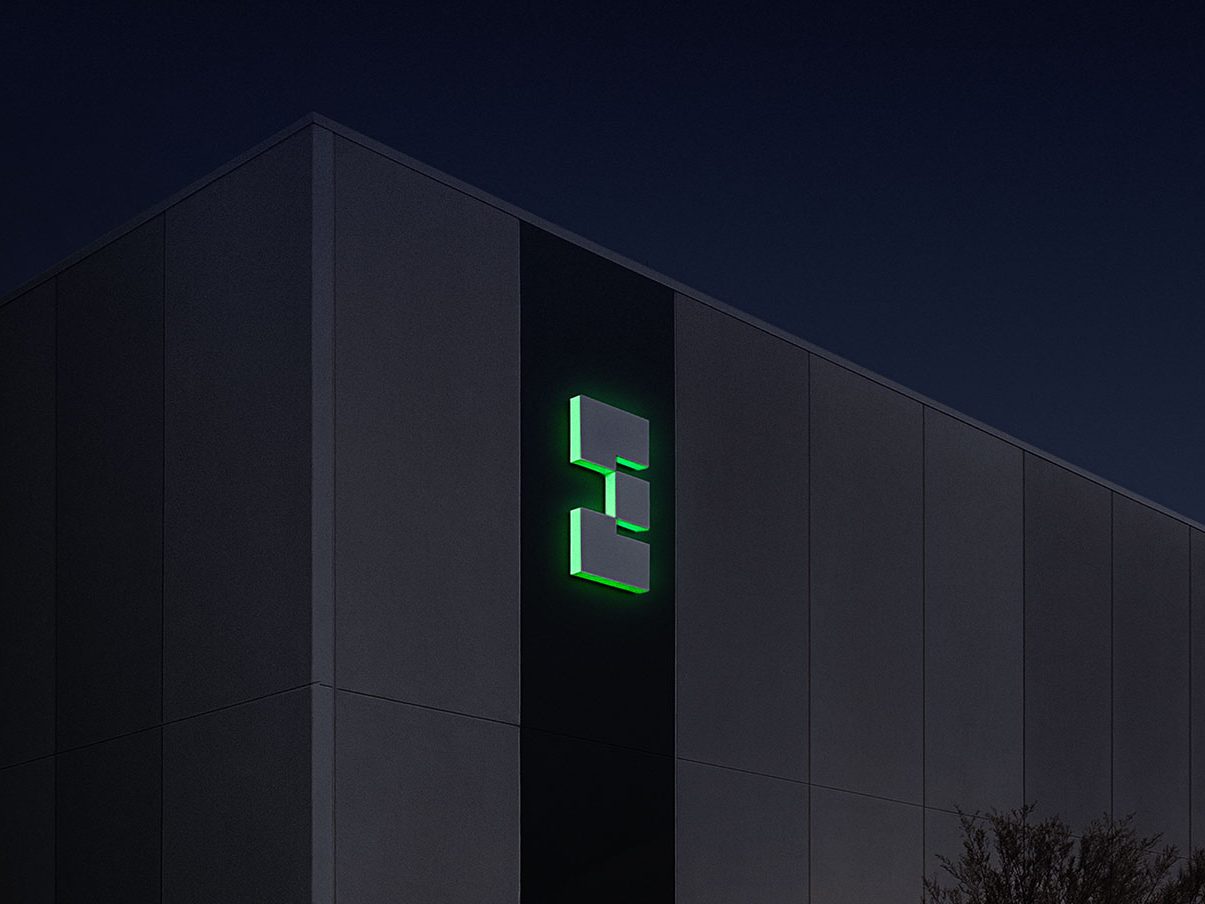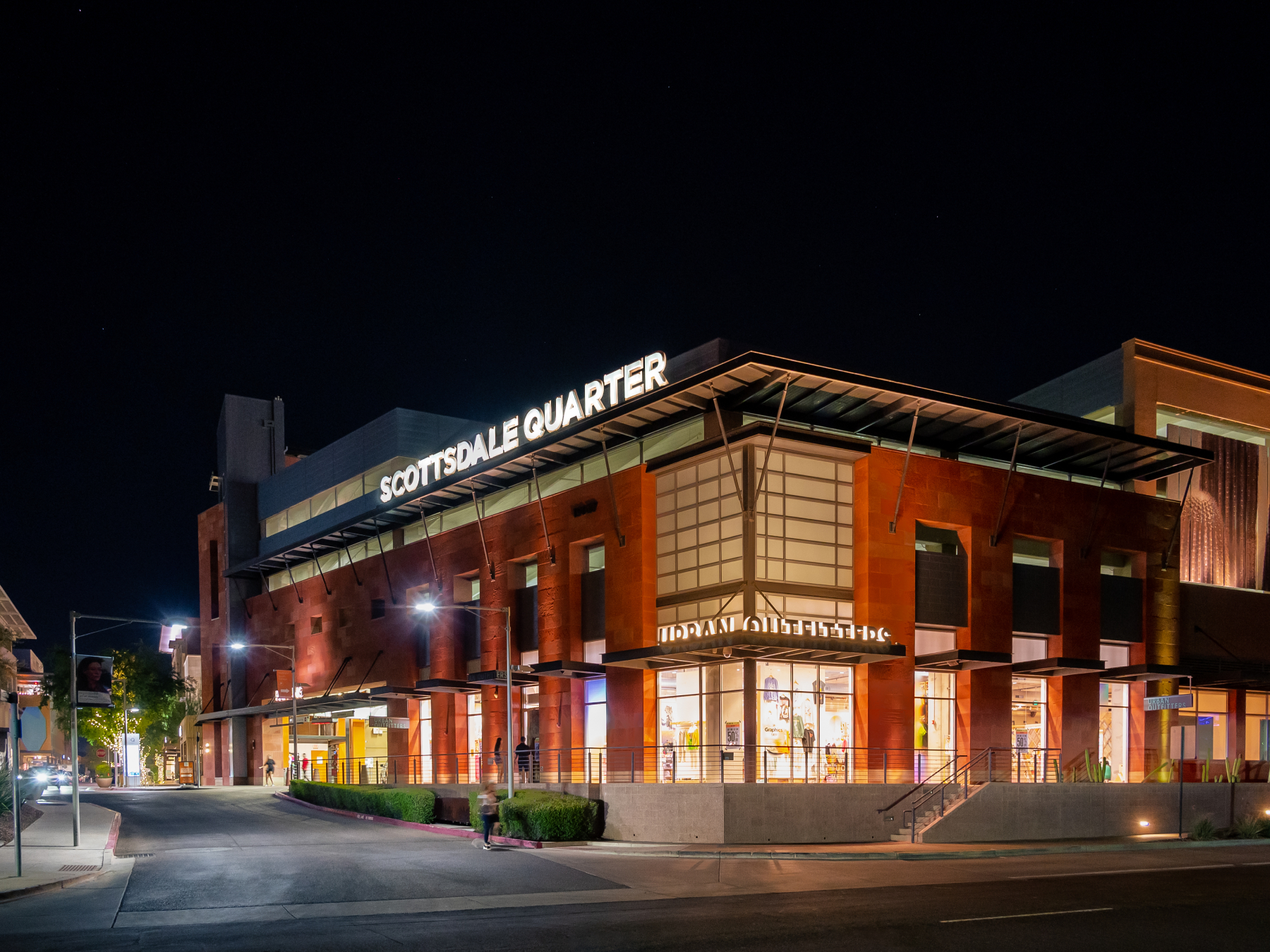Property Managers’ New Prioritizations
Property managers have gained a new level of visibility in today’s competition to attract and retain tenants. From shorter leases to greater flexibility to changing uses for space, managers are hard-pressed to meet new needs while maximizing ROI.
The past two years have cast a spotlight on property management. With users of all types of space concerned about air quality, surface cleanliness and how to stay 6 feet apart, what were once everyday responsibilities became competitive advantages, which had to be upgraded and reordered to meet a new reality. From installing air filters to developing access screening processes to creating protocols for COVID-19 cases in the building, managers were faced with concerns for which there was little precedent.
New challenges continue to require prioritization. More recently, managers of office buildings have been tasked with altering spaces to allow for more team-oriented uses and developing amenities and events that attract businesses and incentivize their employees to work in the office. Green additions serve the dual purpose of making spaces healthier and more enjoyable for tenants while providing sustainable functions like water absorption and recirculation.
The need for flexibility and innovation is just as important for industrial properties, as IvyLee Rosario notes in her feature “What’s Driving Industrial Property Management Today.” With demand outpacing supply and construction materials still plagued by higher costs and delays, managers are hard-pressed to prepare spaces in the shorter turnaround times tenants are demanding. “It’s imperative that contractors are lined up prior to a tenant vacating with pricing locked in to maximize value,” Shelly Drakes, executive vice president at Dalfen Industrial, told Rosario.
There’s no doubt property managers have more on their plates, pushing them to new levels of achievement. For market leaders, though, that is resulting in more business, if our annual ranking of the Top Property Management Companies is any indication. This year’s top 30 reported a combined square footage under management for 2021 that constituted a 20 percent increase over 2020. That compares to only a 7 percent increase from 2019 to 2020—with the vast majority of companies making this year’s list the same ones on last year’s and nearly all of them providing at least some amount of third-party management services. Seventy percent reported more square footage under management last year than in 2020, in most cases with portfolios diversified across property types and geographic areas.
What’s next? Office properties may need more tenants, taking smaller spaces on shorter leases, and property managers may need to work with them to accommodate a hybrid combination of long-term and short-term space usage. For industrial managers, considerations may include outside storage and assumption of maintenance services previously handled by tenants. Other concerns are likely to emerge, as well, as managers continue to juggle multiple tasks, keep up with evolving tenant and owner needs, and balance operating costs against return on investment.
That’s a lot to keep up with. If you’re a property manager, I’d love to hear about your newest initiatives and solutions for today’s challenges.








You must be logged in to post a comment.